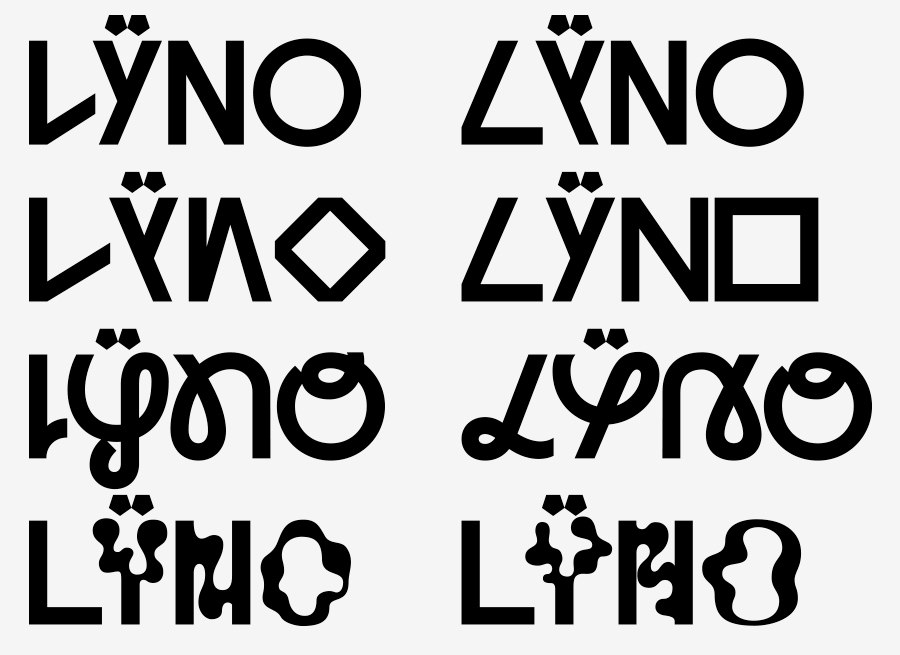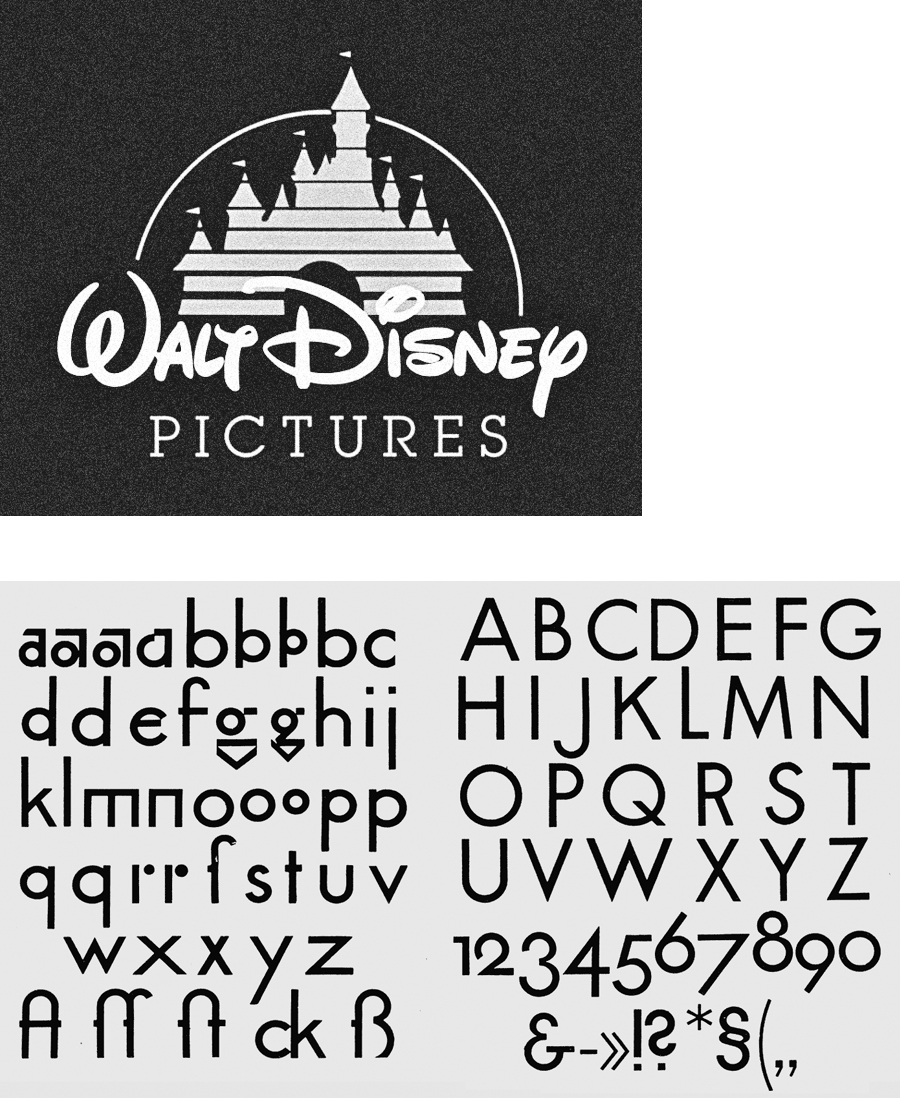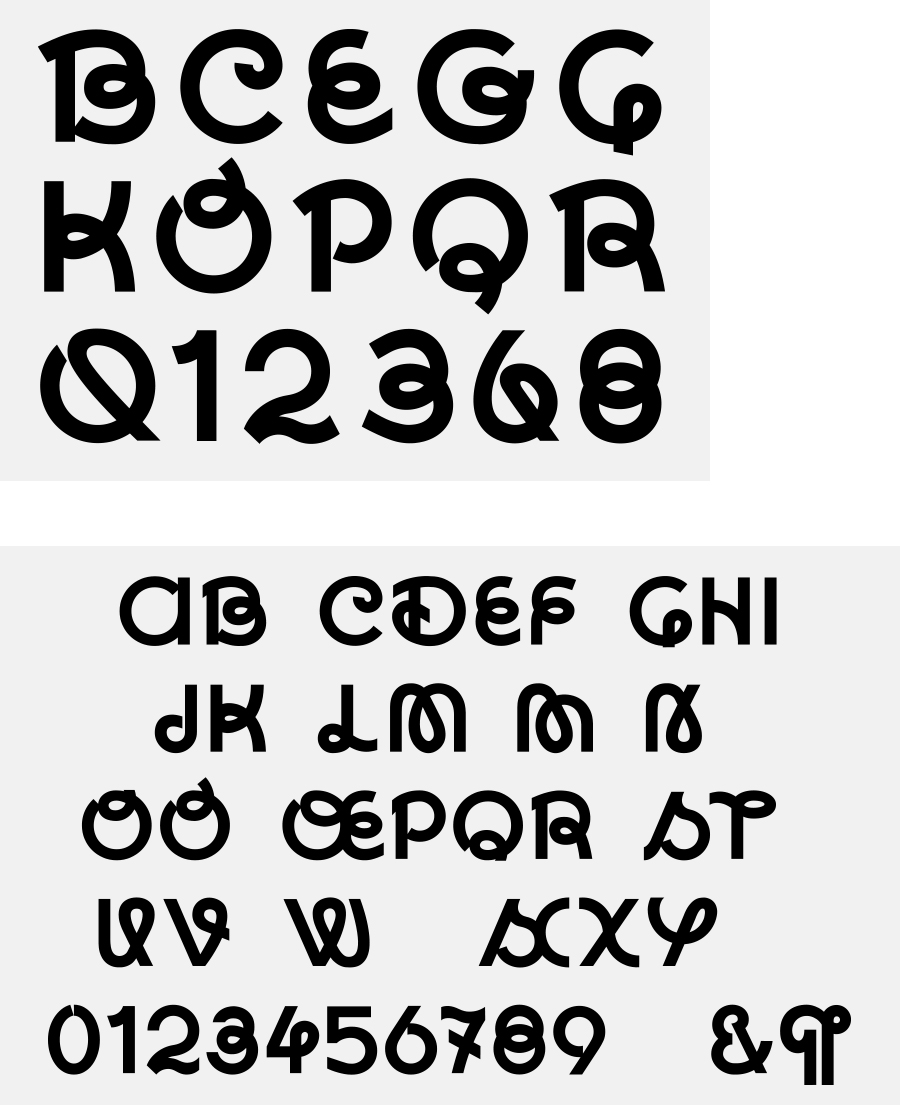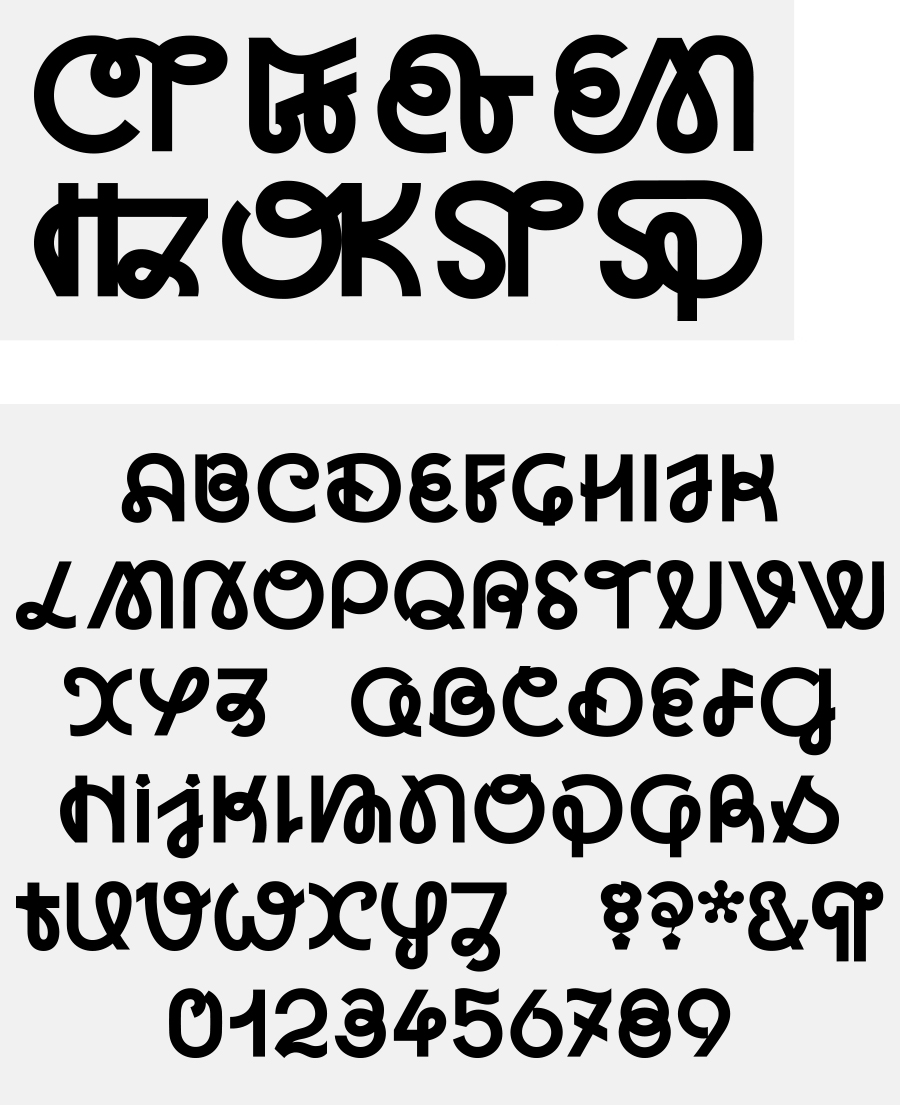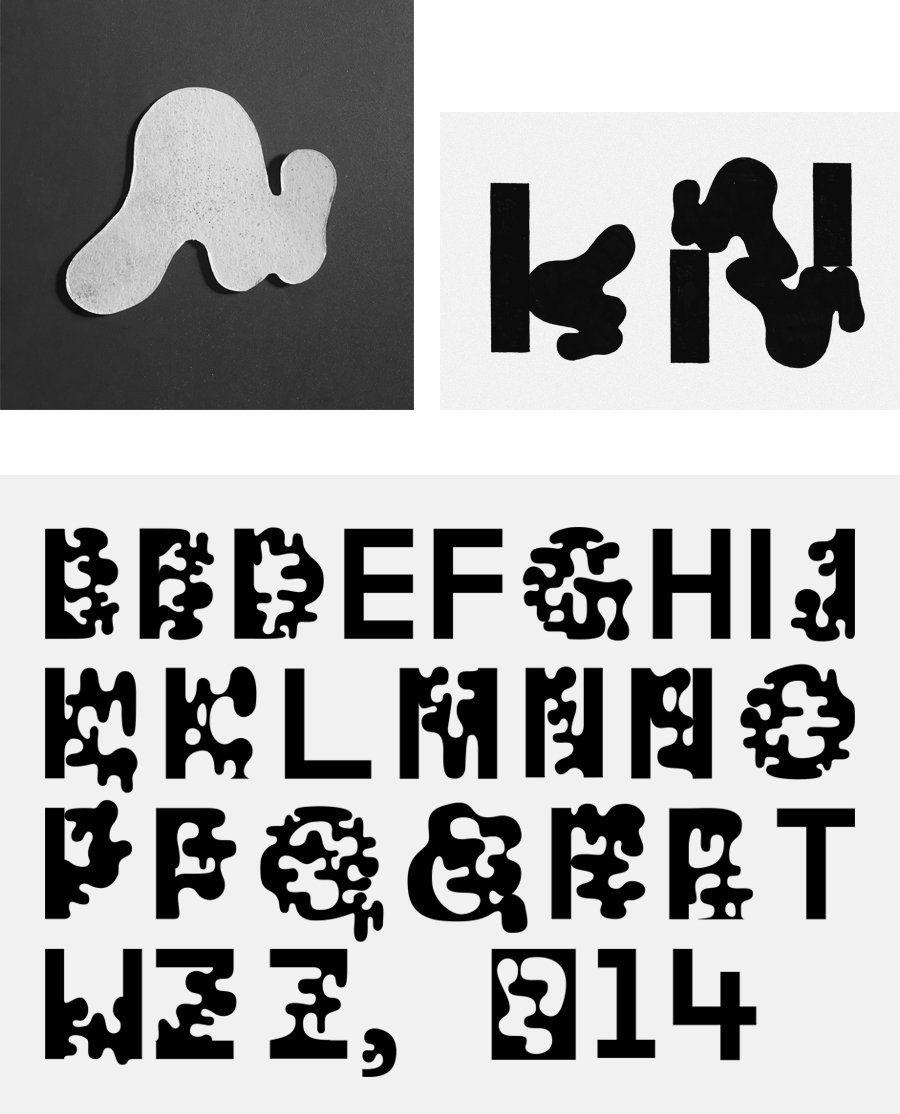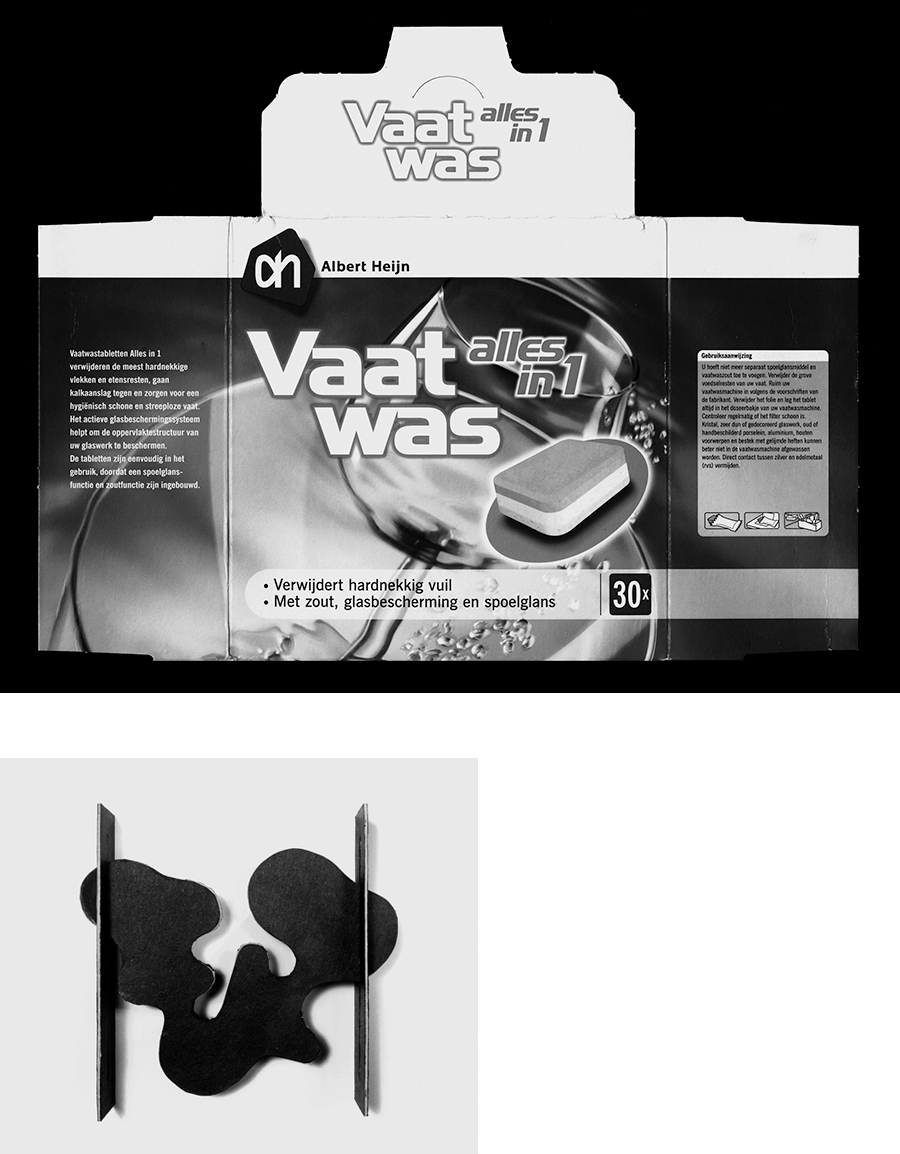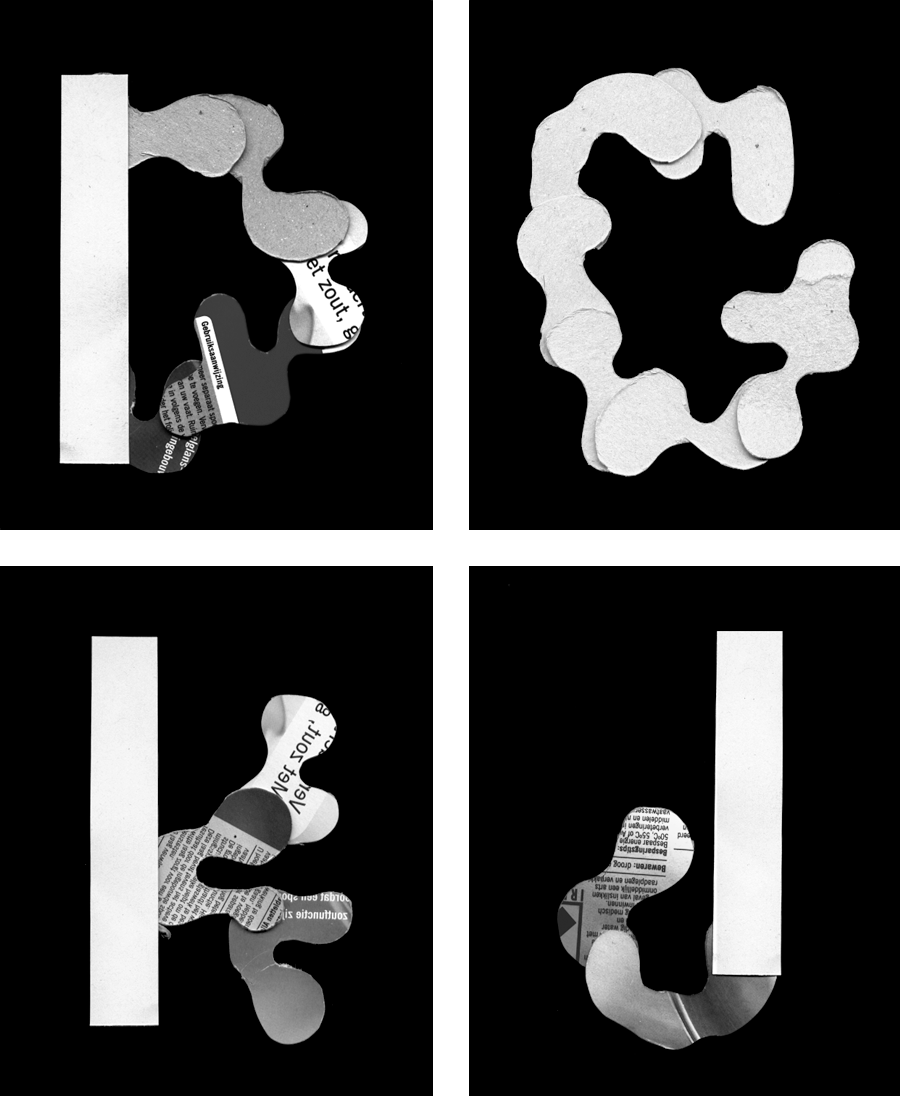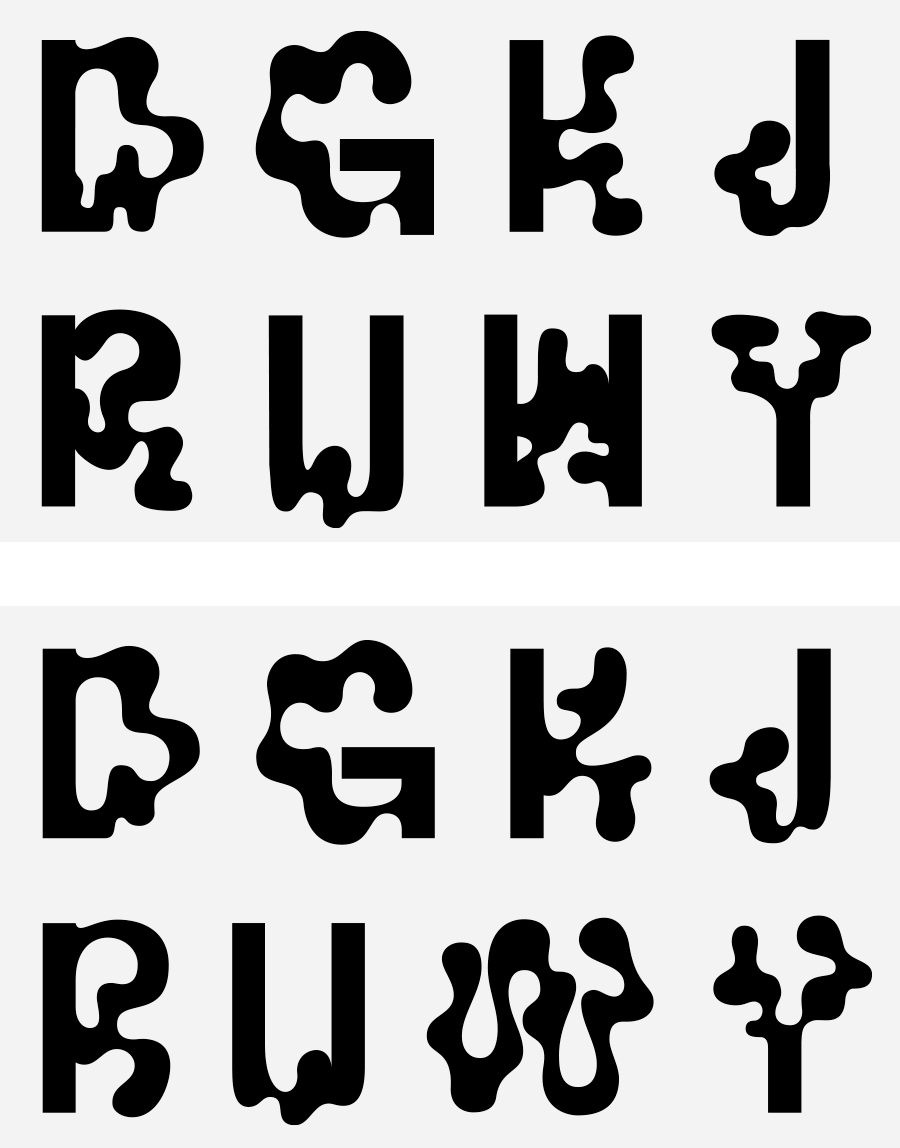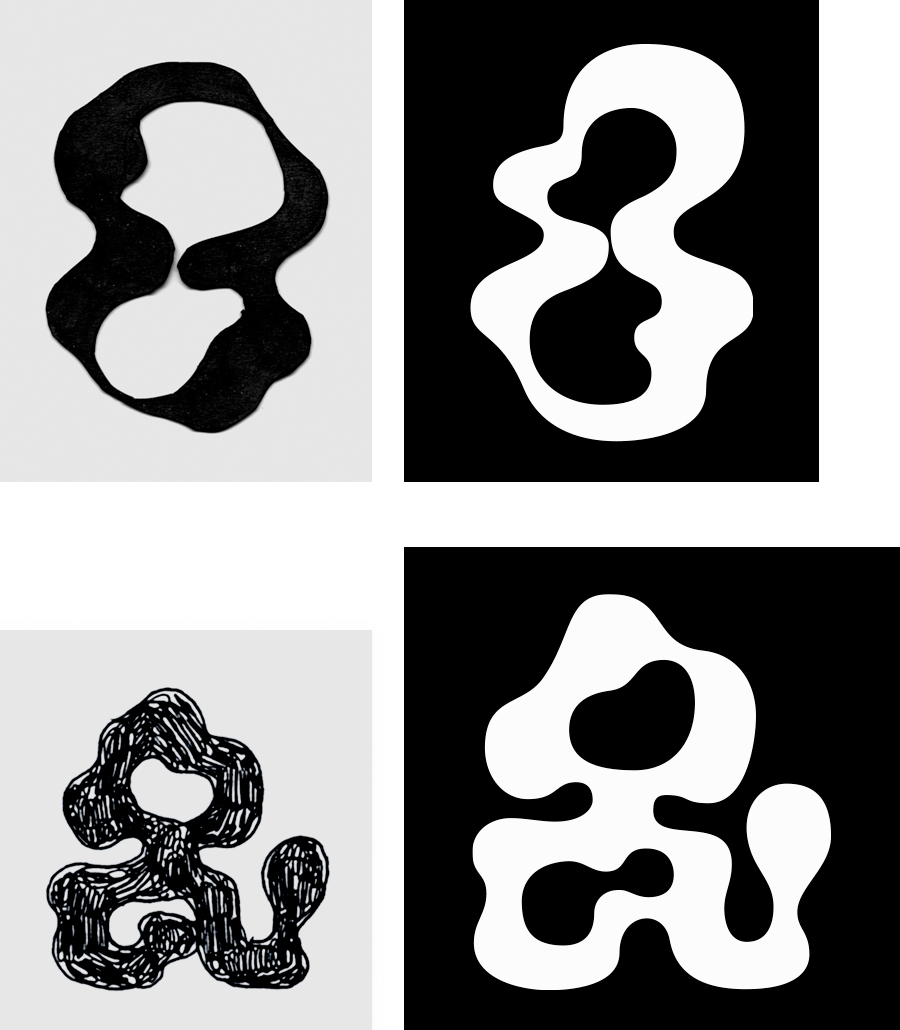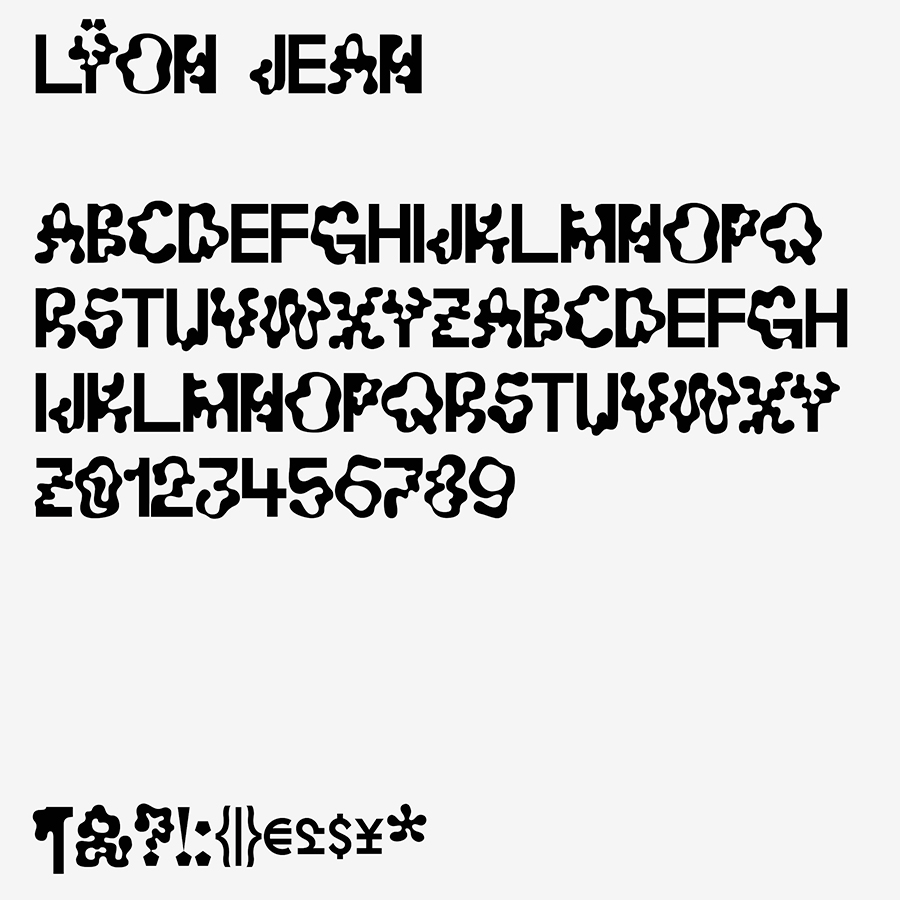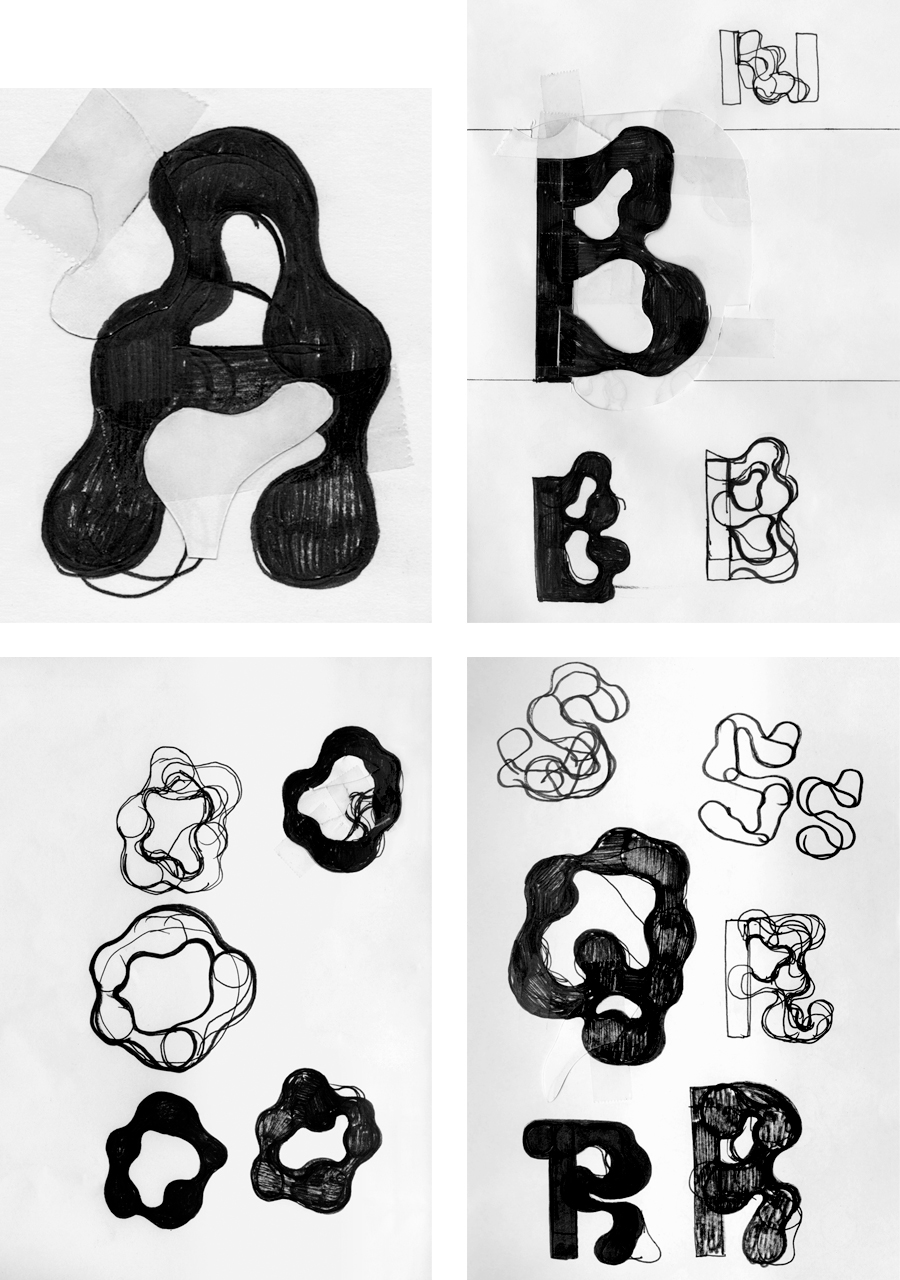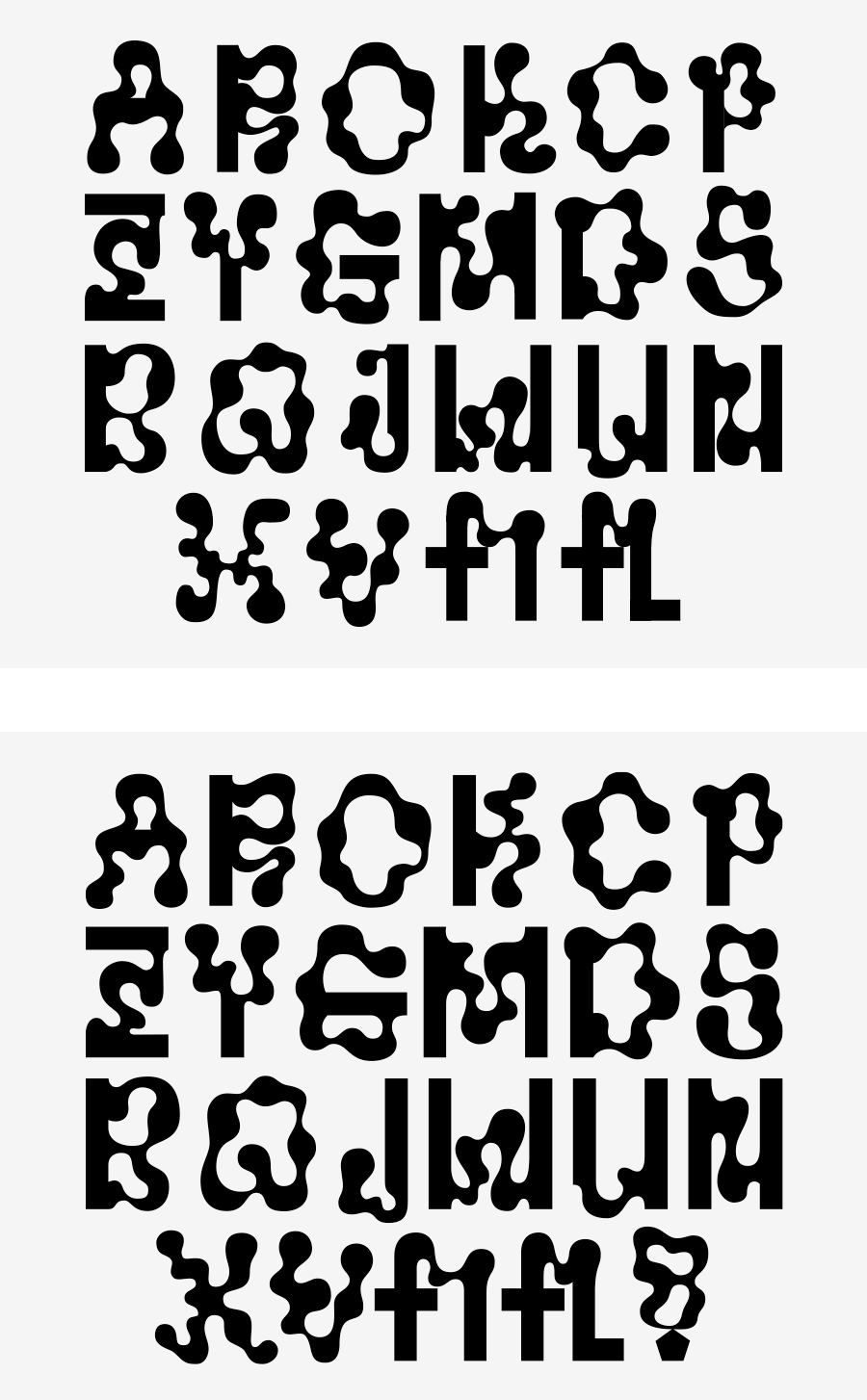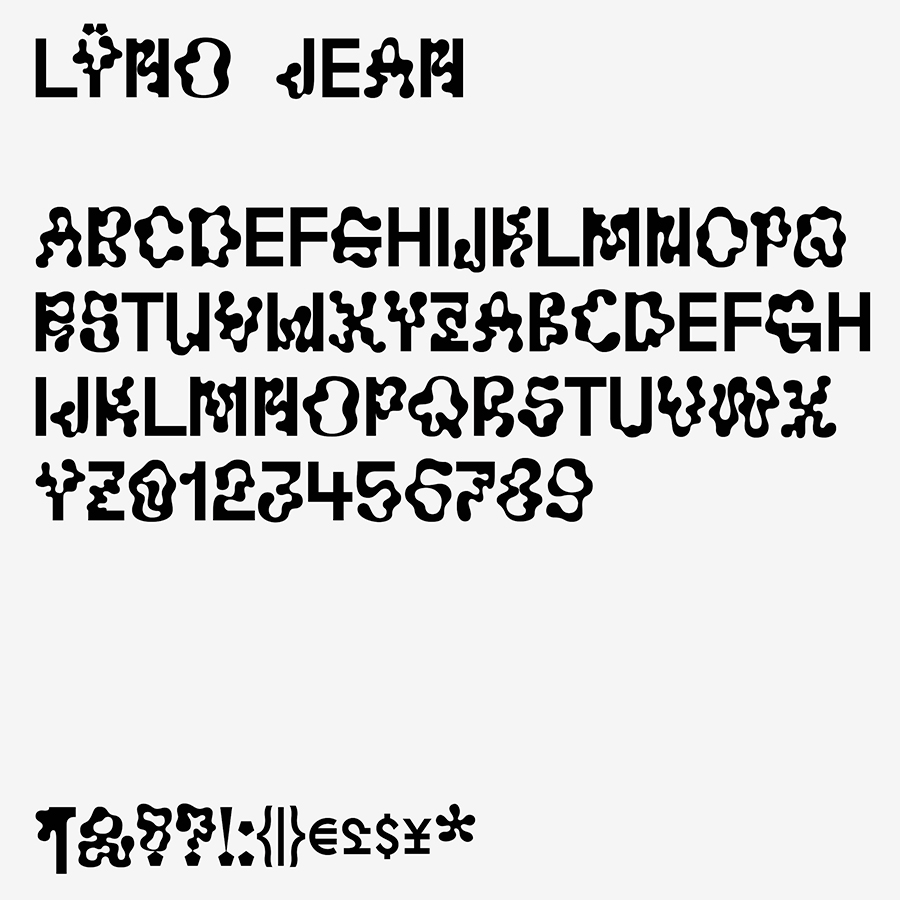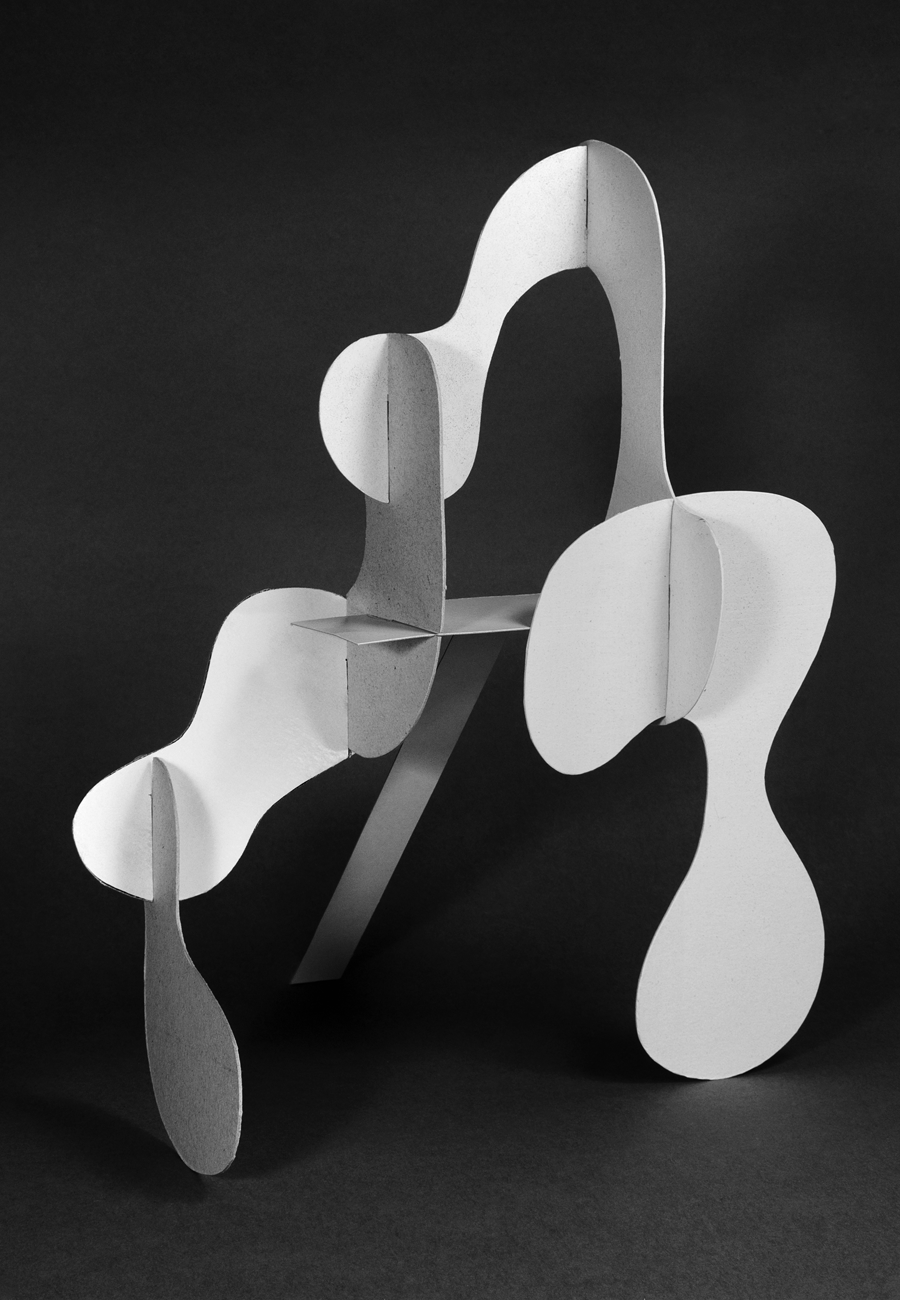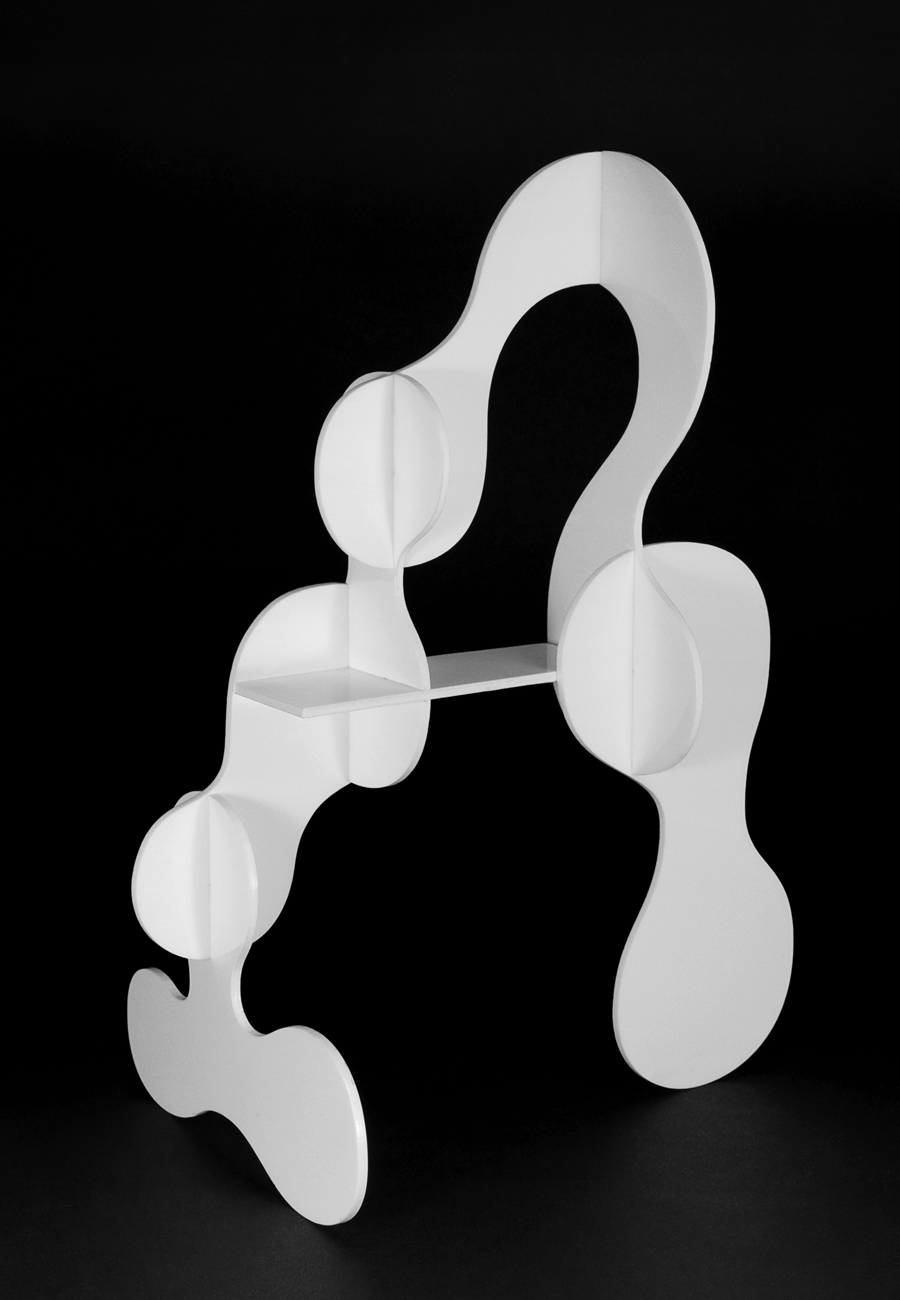Lÿno¹ is a family of four genetically edited children, sharing a common weight of line, conceived and designed with Radim Peško between 2009 and 2012. The names of the individual fonts were not premeditated, but chosen to reflect and relate the characters of the four siblings: Stan (after Stanley Kubrick), Ulys (after Ulysses 31, a French-Japanese cartoon), Walt (after Walt Disney), and Jean (after Jean Arp). Walt and Jean were primarily drawn by Nawrot; Stan and Ulys by Peško. [1]
Drawings for Walt began with the intention of mixing two contradictory typographic genealogies, represented by the existing faces Waltograph,² derived from the Walt Disney Company logo; and Futura, the canonical early twentieth-century geometrical sans-serif. [2] The mixture takes the flowing, hand-lettered upper- and lower-case strokes of Waltograph and re-routes them through the rationalised vectors of Futura. [3 4]
Mixture is also the impulse that produced Jean, although its genetics are far more elementary. Maintaining the basic alphabet’s vertical and horizontal strokes (in reference to Wim Crouwel’s over-rationalised New Alphabet),³ Jean transforms its curves and diagonals into unruly blobs with no concern for any conventional economy of line. [5] These forms are the outcome of a labour-intensive process, alternating between cardboard collage and digital manipulation. [6 7 8 9 10 11 12 13]
¹Between 2009 and 2012 Lÿno was named Lÿon.
²https://en.wikipedia.org/wiki/Waltograph
³https://www.moma.org/collection/works/139322
List of Exhibitions Related to Lÿno
*Latent Stare*, Casco – Office for Art, Design and Theory, Utrecht, NL, July 8 – September 30, 2012.
Life a User’s Manual, Culture Station Seoul 284, Seoul, KR, September 14 – November 4, 2012. [14 15 16]
Neue Schriften. New Typefaces, Gutenberg Museum, Mainz, DE, June 7 – October 27, 2013.
All Possible Futures, SOMArts, San Francisco, US, January 14 – February 13, 2014.
Viral, Le Signe – Centre national du graphisme, Chaumont, FR, May 27 – November 21, 2021.
Procès d’intention, Le Signe – Centre national du graphisme, Chaumont, FR, May 24 – October 22, 2023
Lÿno © 2009 – 2025 KN & RP. All rights reserved.
